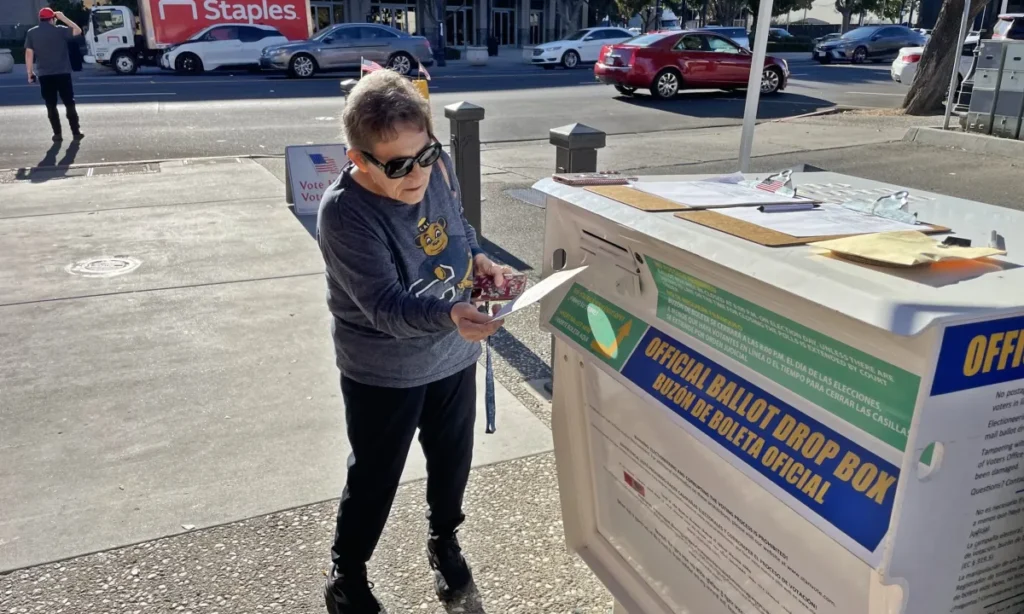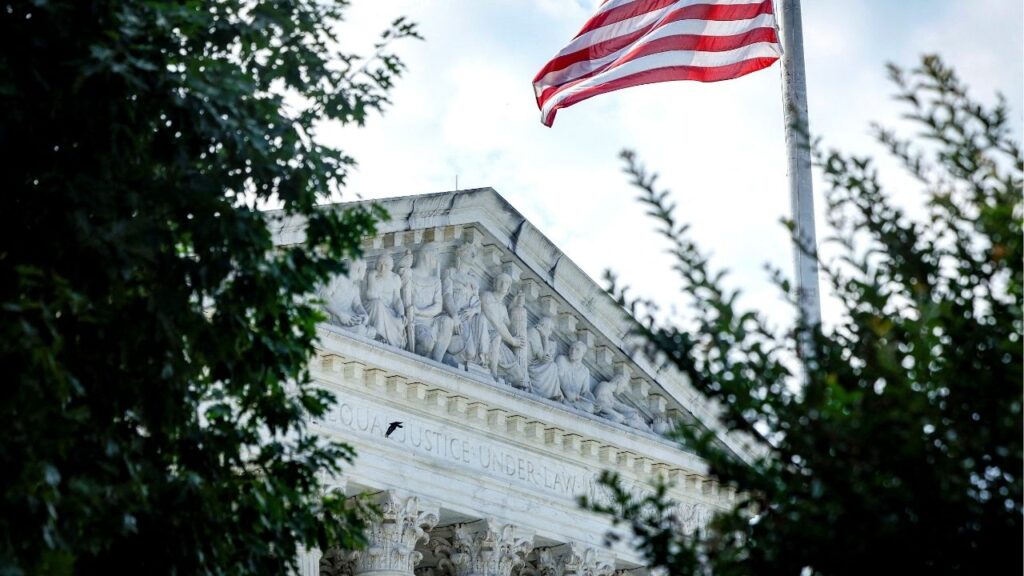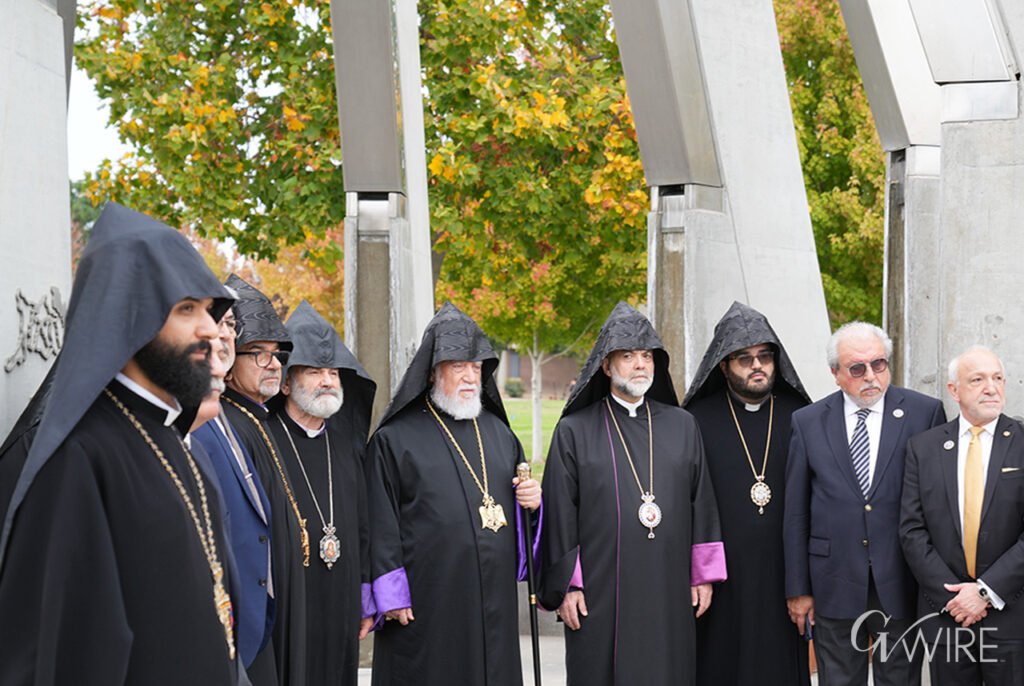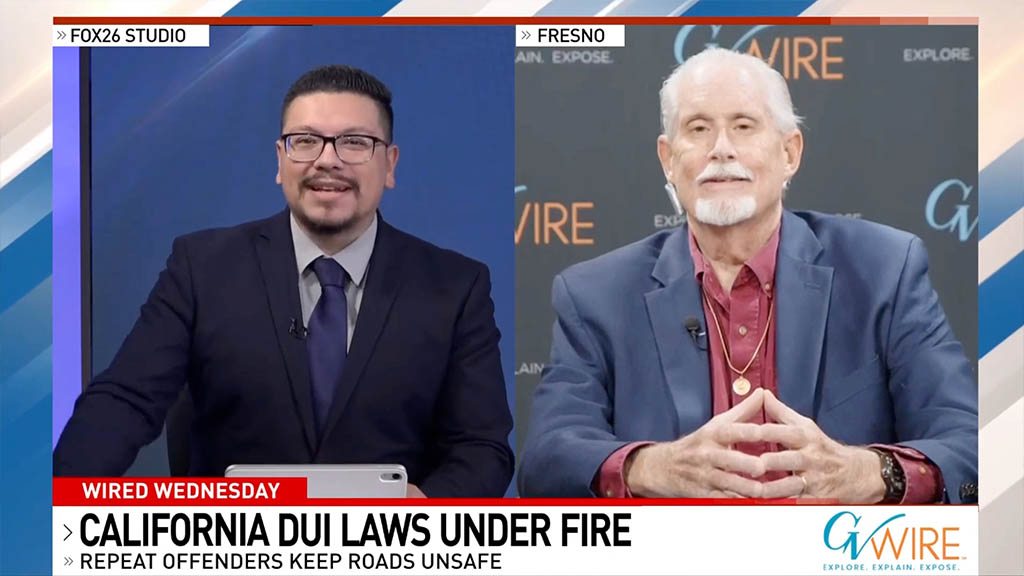Share
Five years ago, while running for governor, Gavin Newsom pledged to transform California’s medical care to a single-payer system similar to those in Canada and western Europe.

Dan Walters
CalMatters
Opinion
Newsom backed single-payer legislation, which had passed the state Senate, saying there was “no reason to wait around.”
“I’m tired of politicians saying they support single-payer but that it’s too soon, too expensive or someone else’s problem,” Newsom said.
His position helped solidify support for Newsom among the proposal’s progressive advocates as he dueled with a fellow Democrat, Antonio Villaraigosa.
The bill stalled in the Assembly, and after winning the election, Newsom began edging away from the single-payer concept, citing difficult barriers. One is persuading the federal government to give California the $200-plus billion it spends on Californians’ health care – about half the state’s total medical expenditures.
Newsom segued into pursuing universal health care, meaning all of the nearly 40 million Californians would have some sort of coverage, and came close last year.
At the time, “About 3 million Californians reported being uninsured in spring 2022,” a report from the Public Policy Institute of California notes, citing census data. “Nearly seven in 10 (68%) are Latino, about 38% are noncitizens and 80% have low or moderate incomes (below 400% of the federal poverty line).”
Some of the gap was closed in the 2022-23 budget, drawing on what seemed to be a nearly $100 billion budget surplus, by extending Medi-Cal coverage to undocumented immigrants otherwise ineligible for federally subsidized insurance.
“Beginning no later than January 1, 2024, Medi-Cal will be available to all income-eligible Californians,” the final 2022-23 budget declared.
The expansion of Medi-Cal – California’s version of the federal Medicaid program – was made easier during the COVID-19 pandemic when federal authorities relaxed eligibility requirements. This year, enrollment topped 15 million, or nearly 40% of the state’s population.
Under his “California Blueprint,” universal health care is still Newsom’s professed goal. However, at the moment, coverage appears to be shrinking, and with the state facing chronic budget deficits, reaching it before Newsom’s governorship ends would be difficult, if not impossible.
The federal government’s “continuous enrollment” pandemic policy is expiring and hundreds of thousands of Californians who benefited from it will once again have to prove their eligibility.
Newsom’s revised 2023-24 budget, unveiled last month, projects that Medi-Cal enrollment will decline by more than a million people, still more than a third of the state’s population but moving away from the universal coverage Newsom has sought as a single-payer substitute.
Single-payer advocates are, unsurprisingly, annoyed by Newsom’s failure to deliver on his 2018 promise. They gave him some heat when he appeared at last month’s state Democratic Party convention.
Estimated $10,000 Per Medi-Cal Enrollee
Covering all Californians would be expensive. Medi-Cal coverage costs federal and state governments about $10,000 per enrollee. No one knows precisely how many Californians still lack coverage today but 2 million is as good a number as any, and including that many more in Medi-Cal could potentially cost another $20 billion a year.
Meanwhile, single-payer advocates haven’t given up. Last week, the state Senate passed Senate Bill 770, aimed at implementing a plan for single-payer coverage developed by the Healthy California for All Commission, which Newsom created in 2019.
The bill would direct state agencies to begin talks with federal officials about participating in a California single-payer system.
“It’s time we made real progress toward eliminating the inequities and injustices of our fractured healthcare system,” a co-author of the bill, state Sen. Scott Wiener, a San Francisco Democrat, said.
As Newsom finally learned, it’s much easier said than done.
About the Author
Dan Walters has been a journalist for nearly 60 years, spending all but a few of those years working for California newspapers. He began his professional career in 1960, at age 16, at the Humboldt Times. For more columns by Walters, go to calmatters.org/commentary.
Make Your Voice Heard
GV Wire encourages vigorous debate from people and organizations on local, state, and national issues. Submit your op-ed to rreed@gvwire.com for consideration.
RELATED TOPICS:
Categories

Tornado in Southern Brazil Kills Six, Injures Hundreds


















